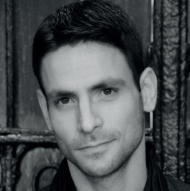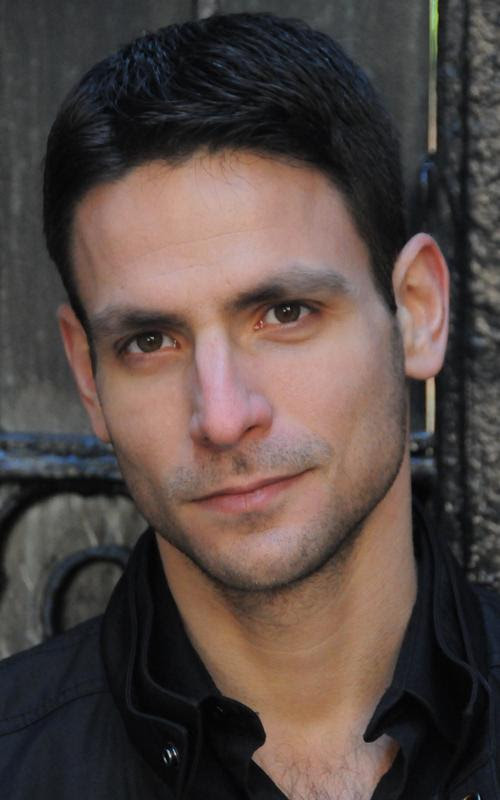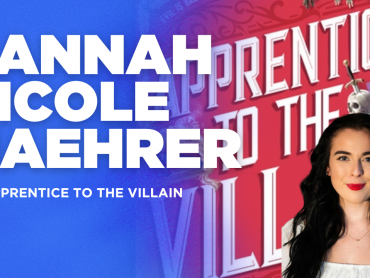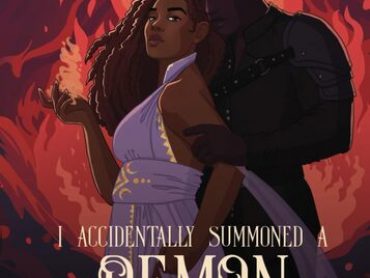Author Roy Schwartz just released his debut novel, The Darkness in Lee’s Closet and the Others Waiting There. The book, perfect for middle school readers, has elements of darkness and fantasy – perfect for Halloween coming up! A macabre adventure set in the world of the dead, it’s a thrill ride full of frights and frolics that can only be overcome with the strength of family, friendship, and faith in oneself. YEM spoke with Roy about his ideas and how his debut novel came to be.
Young Entertainment Mag: How did you first get involved in writing?
Roy Schwartz: I’ve been writing all my life. I used to write and doodle stories in my notebooks during class in grade school and then in high school. Drove my teachers crazy. I wasn’t the best student, though I got good grades in the subjects I liked. I just couldn’t sit for an hour if I was bored without my mind wandering off to adventures with superheroes or outer space or whatnot. So I figured there was no point resisting, and in college I studied creative writing. And what do you know, I graduated with top honors! Same with grad school. My grad thesis was actually about Superman, and I ended up selling it as a book. It should be coming out next spring.
YEM: How did you make the decision to write for young readers?
Roy: Because adults are a lost cause. Na, I’m kidding! (sort of) I enjoy reading and writing all kinds of genres, but science fiction and fantasy are by far my favorites. It’s more than just escapism; it’s reflection and engagement through metaphor. Some of the best literature in the world is fantastical. Heck, half of Shakespeare is wizards and ghosts and fairies. I think the very best of these stories have layers, something for everyone, and young readers are the core, the purest audience. If you can entertain a 10 or 15 year old, you can entertain a 5 or 50 year old.
YEM: What inspired you to write this story? Where do your ideas come from?
Roy: It’s a dark fantasy, in the vein of Neil Gaiman or Tim Burton. A little spooky, a little funny, a lot of crazy adventure. It’s about a girl whose father dies and she travels into the afterlife to bring him home. The idea came when I noticed that in virtually all classic children’s stories, all fairytales, all Disney movies, the young hero is orphaned of at least one of their parents. I wanted to explore that, to figure out why that was such a trope, what purpose does it serve dramatically and psychologically. From there, others ideas I had banging around in my head fit in, like a puzzle. How would a young person really react in a scary, impossible situation? What happens after we die? How’s that affected by how we lived? How weird can I make this book before my publisher plotzes?
YEM: Was the book’s main character Lee inspired by anyone you know?
Roy: Lee, spelled like a boy, is named after a roommate I had in college, who was a girl. Though their personalities are quite different, the real Lee also was, and I suspect still is, whimsical and wide-eyed.
YEM: This book has elements from Alice in Wonderland to Oliver Twist. What’s your favorite piece of classic children’s literature?
Roy: Alice’s Adventures in Wonderland and Through the Looking-Glass. Even as a kid you understand there’s something going on that’s deeper than just the fun nonsense on the surface, and as you grow older and revisit it every few years you discover more and more things and meaning. It’s the book that keeps on giving. On the less “classical” side, The Hobbit and Lord of the Rings trilogy are the gold standard of epic fantasy. Nothing else absorbs you so fully into its world.
YEM: The book features characters from all over the world! Did you have a very specific idea for how they should look and sound?
Roy: I did! Each is a bit of a cliché, but they also subvert it in what I hope is a clever way. I had a lot of fun figuring out the accents and idioms, and making sure each spoke in a way that’s actually true to who they are and where and when they come from (since they’re all dead, they’re from different countries and points in history). My wife was very patient, with me talking to myself in different voices in my study. But she knew who she was marrying.
YEM: How did you keep the book upbeat when it deals with difficult topics, such as death?
Roy: The honest truth is that it’s not always upbeat. I think saying everything softly or with a smile is talking down to young people. Death is a serious topic, and they deserve for it to be treated seriously. They know life isn’t all fun and games. But, on the other hand, there’s always room for optimism and humor. My motto is that I take fun seriously and make fun of seriousness. So the book has parts that are sad or frightening, but it also has parts that are fun and exhilarating and funny. There’re a lot of comedy in it.
YEM: If you could go on an adventure with any dead person, who would you choose?
Roy: Good question. I’m going to cheat and list a bunch: Abraham Lincoln, Socrates, Winston Churchill, Moses, Albert Einstein, Leonardo Da Vinci, Cleopatra, Oscar Wilde, Clara Barton, Harry Houdini, Hedy Lamarr, Joan of Arc. Ooh, maybe that’ll be my next book—a crack team assembled from throughout history to save the future!






